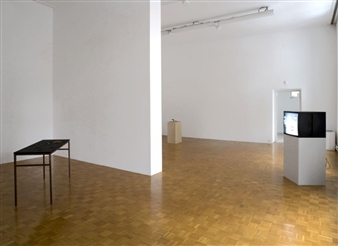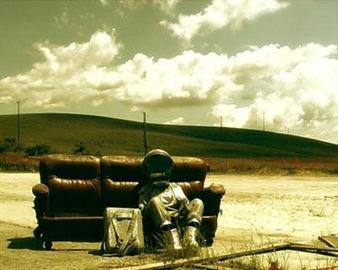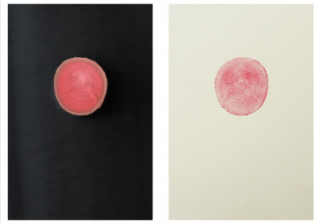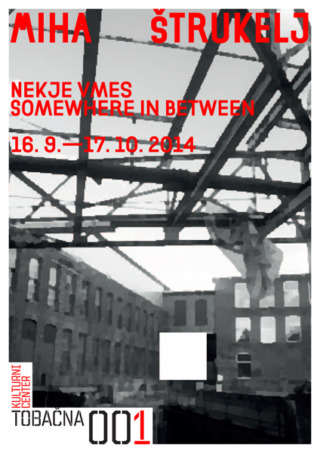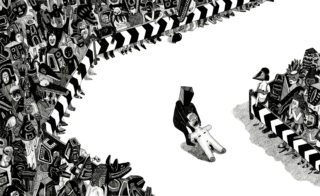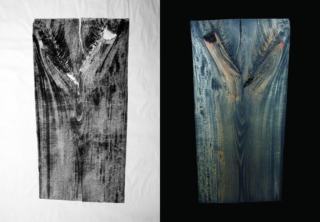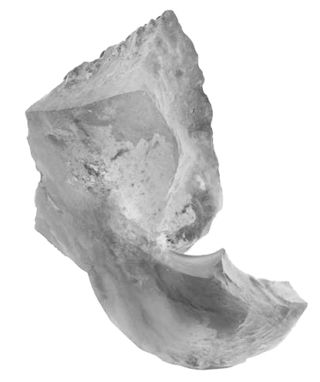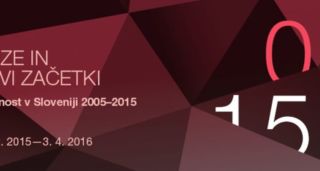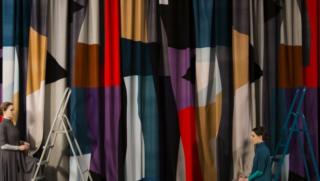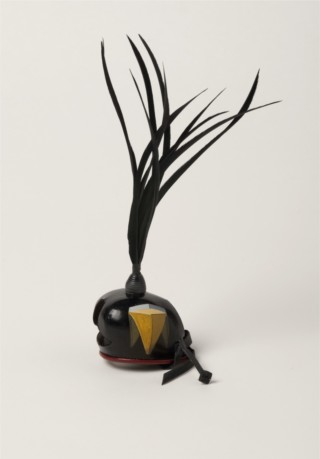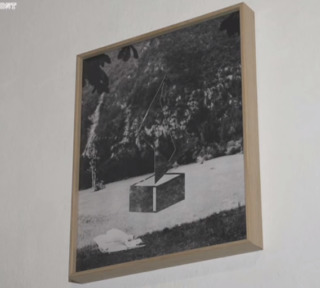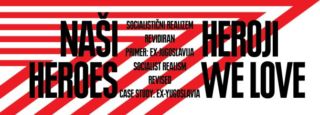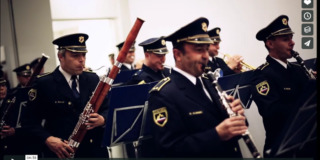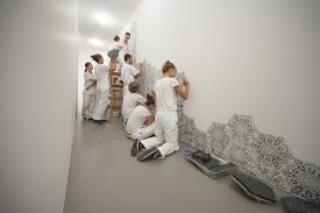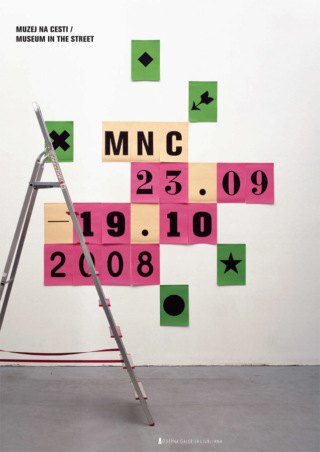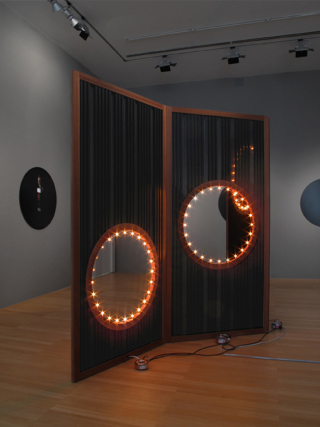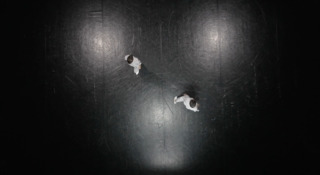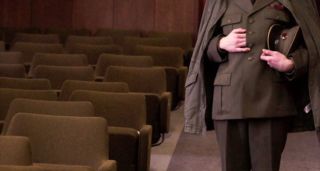Inside Out - Not So White Cube
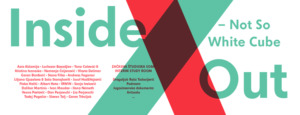
City Art Gallery Ljubljana , Ljubljana, Ljubljana, 09/24/2015 - 11/22/2015
Mestni trg 5, Ljubljana
Inside Out - Not So White Cube is a long-term research and co-curatorial cross-disciplinary project initiated by Alenka Gregorič, the artistic director of the City Art Gallery Ljubljana and CC Tobacco 001 (MGML), and Suzana Milevska, independent curator and art theorist based in Macedonia. The project consists of two exhibitions (or possibly more), a conference, and two publications (a catalogue and a reader).
Opening of the exhibition: Thursday, September 24 at 8 p.m. at the City Art Gallery Ljubljana.
Azra Akšamija, Luchezar Boyadjiev, Yane Calovski & Hristina Ivanoska, Nemanja Cvijanović, Vlasta Delimar, Goran Đorđević, Stano Filko, Andreas Fogarasi, Liljana Gjuzelova & Sašo Stanojkoviќ, Jusuf Hadžifejzović, Flaka Haliti, Albert Heta, IRWIN, Sanja Iveković, Dalibor Martinis, Ivan Moudov, Ilona Németh, Vesna Pavlović, Dan Perjovschi, Lia Perjovschi, Tadej Pogačar, Slaven Tolj, Goran Trbuljak
+ Interim Study Room: Jugoslovenska dokumeta, Podroom, ArtLeaks, L. Logar ...
Inside Out - Not So White Cube is a long-term research and co-curatorial cross-disciplinary project initiated by Alenka Gregorič, the artistic director of the City Art Gallery Ljubljana and CC Tobacco 001 (MGML), and Suzana Milevska, independent curator and art theorist based in Macedonia. The project consists of two exhibitions (or possibly more), a conference, and two publications (a catalogue and a reader). The institution hosting the project is the City Art Gallery Ljubljana (MGML), in partnership with four principal long-term researchers (Vít Havránek, Zoran Erić, Vladimir Vidmar, and Raluca Voinea) and in collaboration with several other short-term researchers and curators (Sandra Bradvić, Barbara Dudás, and Lucia Gregorová Stach), institutions, and organizations from Central and South-Eastern Europe (the Museum of Modern and Contemporary Art Rijeka and the Museum of Contemporary Art Belgrade), which will stage additional events and exhibitions to be organized according to the relevance of the subtopics in the course of the development of the project.
Curated by: Alenka Gregorič & Suzana Milevska
The general aim of the Inside Out project is to analyze the existing theoretical and critical art practices proposed by artists, art collectives, researchers, or institutions from Central and South-Eastern Europe that focus on critiquing the existing models of institutions, their programs, and the work conditions in art production. The exhibition and the other parts of the project highlight the changing relations between the role of art and artists and the role of museums, galleries, and other public and private art institutions in producing, presenting, and collecting contemporary art in the period of sociopolitical and economic transition. The project’s main research questions are the following: How did institutions influence and change one another while interacting and/or cooperating during the transformation of the political system and the transition from the centralized to the free market economy? What impact did artists and art projects have on such transformations? The urgency of pursuing new alternative cross-institutional or trans-institutional models of institutions, strategies, and the roles of art institutions is also pointed out.
We decided to look at artists who focus on commenting on the existing art institutions and on the urgent need to find new strategies and roles for themselves, or even on bringing back some forgotten values, standards, and criteria of work from the past. This exhibition at the City Art Gallery Ljubljana presents works and projects that focus on the late 1970s and the 1980s, with some works from the 1990s and the 2000s featuring as counterparts. Some of these art projects were considered seminal and particular to the “institutional debates” in the socialist context even before – and often regardless of – the emergence of institutional critique in American and Western European art. The sociopolitical and economic circumstances – and thus historical conditions – in the socialist (and post-socialist) institutional context produced a substantially different pattern of relations between institutions, artists, curators, etc.
Alenka Gregorič & Suzana Milevska
For More Information
